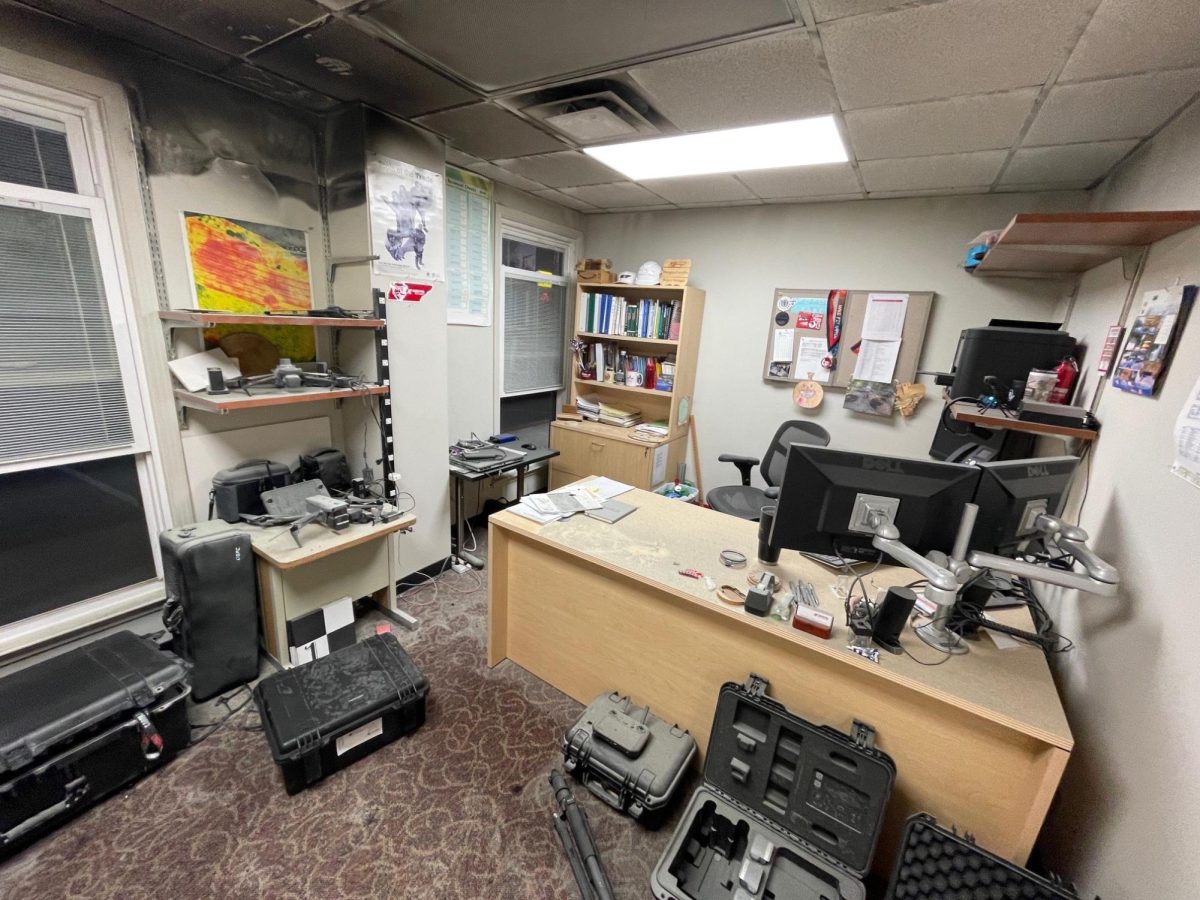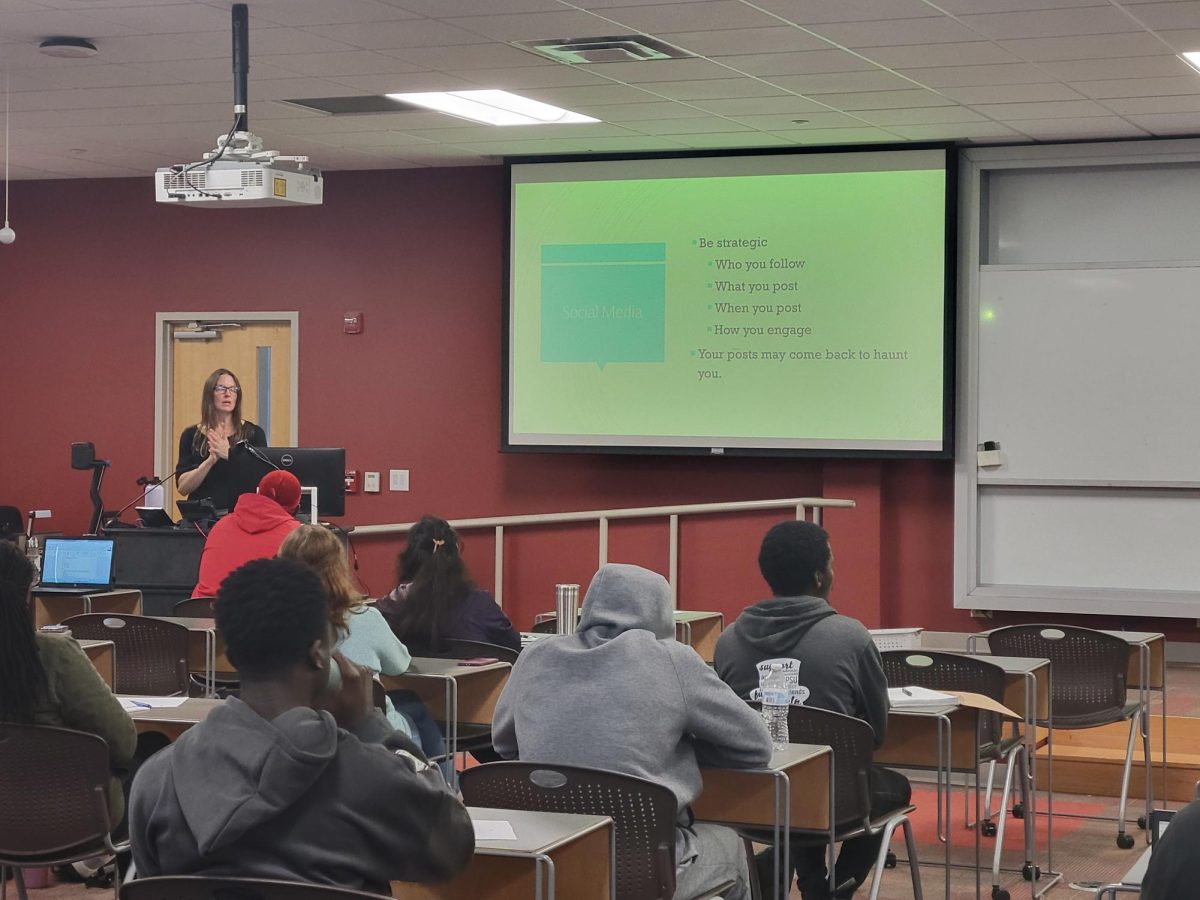PAJU, South Korea (AP) — North Korea warned Thursday that its military has been cleared to attack the U.S. using “smaller, lighter and diversified” nuclear weapons, while the U.S. said it will strengthen regional protection by deploying a missile defense system to Guam.
Despite the intense rhetoric, analysts do not expect a nuclear attack by North Korea, which knows the move could trigger a destructive, suicidal war. Experts believe Pyongyang does not yet have the ability to launch nuclear-tipped missiles, but its other nuclear capabilities aren’t fully known.
The strident warning from Pyongyang is the latest in a series of escalating threats from North Korea, which has railed against joint U.S. and South Korean military exercises taking place in South Korea and has expressed anger over tightened sanctions for its February nuclear test.
For a second day Thursday, North Korean border authorities denied entry to South Koreans who manage jointly run factories in the North Korean city of Kaesong. A North Korean government-run committee threatened to pull out North Korean workers from Kaesong as well.
On Tuesday, Pyongyang announced it would restart a plutonium reactor it had shut down in 2007. A U.S. research institute said Wednesday that satellite imagery shows that construction needed for the restart has already begun.
North Korea’s military statement said its troops had been authorized to counter U.S. “aggression” with “powerful practical military counteractions,” including nuclear weapons.
“We formally inform the White House and Pentagon that the ever-escalating U.S. hostile policy toward the DPRK and its reckless nuclear threat will be smashed by the strong will of all the united service personnel and people and cutting-edge smaller, lighter and diversified nuclear strike means,” an unnamed spokesman from the General Bureau of the Korean People’s Army said in a statement carried by state media, referring to North Korea by its formal name, the Democratic People’s Republic of Korea. “The U.S. had better ponder over the prevailing grave situation.”
The Pentagon announced that it will deploy a missile defense system to the U.S. Pacific territory of Guam to strengthen regional protection against a possible attack.
U.S. Defense Secretary Chuck Hagel said Washington is doing all it can to defuse the situation, echoing comments a day earlier by Secretary of State John Kerry.
“Some of the actions they’ve taken over the last few weeks present a real and clear danger and threat to the interests, certainly of our allies, starting with South Korea and Japan, and also the threats that the North Koreans have leveled directly at the United States regarding our base in Guam, threatened Hawaii, threatened the West Coast of the United States,” Hagel said Wednesday.
South Korea’s Defense Ministry said its military is ready to deal with any provocation by North Korea. “I can say we have no problem in crisis management,” deputy ministry spokesman Wee Yong-sub told reporters.
This spring’s annual U.S.-South Korea drills have incorporated fighter jets and nuclear-capable stealth bombers, though the allies insist they are routine exercises. Pyongyang calls them rehearsals for a northward invasion.
The foes fought on opposite sides of the three-year Korean War, which ended in a truce in 1953. The divided Korean Peninsula remains in a technical state of war six decades later, and Washington keeps 28,500 troops in South Korea to protect its ally.
North Korea’s nuclear strike capabilities remain unclear.
Pyongyang is believed to be working toward building an atomic bomb small enough to mount on a long-range missile. Long-range rocket launches designed to send satellites into space in 2009 and 2012 were widely considered covert tests of missile technology, and North Korea has conducted three underground nuclear tests, most recently in February.
“I don’t believe North Korea has the capacity to attack the United States with nuclear weapons mounted on missiles, and won’t for many years. Its ability to target and strike South Korea is also very limited,” nuclear scientist Siegfried Hecker, a senior fellow at the Center for International Security and Cooperation at Stanford University, said this week.
“And even if Pyongyang had the technical means, why would the regime want to launch a nuclear attack when it fully knows that any use of nuclear weapons would result in a devastating military response and would spell the end of the regime?” he said in answers posted to CISAC’s website.
In Seoul, a senior government official said Tuesday it wasn’t clear how advanced North Korea’s nuclear weapons capabilities are. But he also noted fallout from any nuclear strike on Seoul or beyond would threaten Pyongyang as well, making a strike unlikely. He spoke on condition of anonymity because he wasn’t authorized to speak publicly to the media.
North Korea maintains that it needs to build nuclear weapons to defend itself against the United States. On Monday, North Korean leader Kim Jong Un led a high-level meeting of party officials who declared building the economy and “nuclear armed forces” as the nation’s two top priorities.
Hecker has estimated that North Korea has enough plutonium to make several crude nuclear bombs. Its announcement Tuesday that it would restart a plutonium reactor indicated that it intends to produce more nuclear weapons material.
The U.S.-Korea Institute at Johns Hopkins School of Advanced International Studies has analyzed recent commercial satellite imagery of the Nyongbyon nuclear facility, where the reactor was shut down in 2007 under the terms of a disarmament agreement. A cooling tower for the reactor was destroyed in 2008.
The analysis published Wednesday on the institute’s website, 38 North, says that rebuilding the tower would take six months, but a March 27 photo shows building work may have started for an alternative cooling system that could take just weeks. Experts estimate it could take three months to a year to restart the plant.
Meanwhile, North Korea threatened to close the Kaesong industrial complex, which houses factories powered by South Korean money and know-how and North Korean labor. It is a symbol of inter-Korean cooperation that has endured years of declining relations.
Trucks carrying cargo and South Korean workers were turned back Wednesday, and again Thursday morning, at the border city of Paju.
North Korea was allowing South Korean managers at Kaesong to return home. About 220 South Koreans were to cross the heavily fortified border into the South throughout Thursday, according to Seoul’s Unification Ministry.






